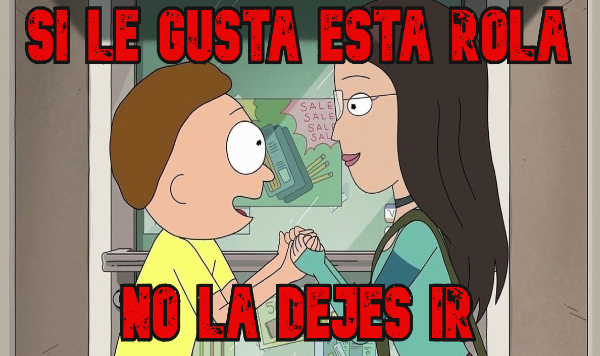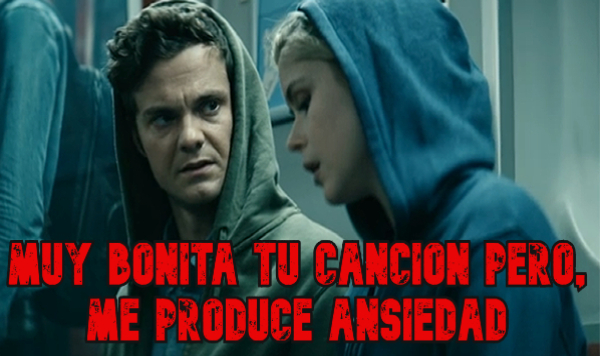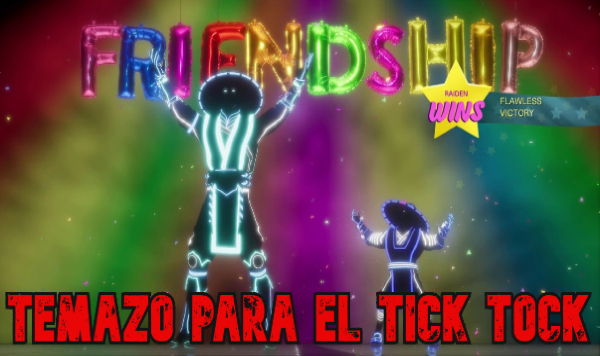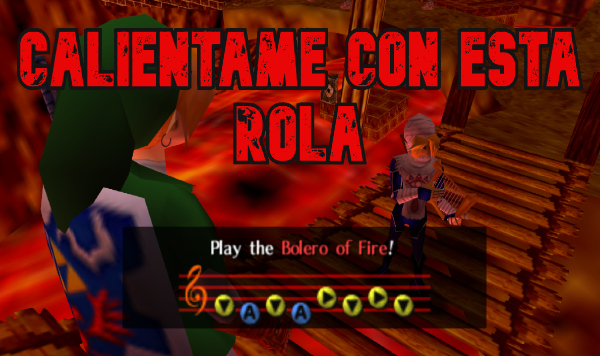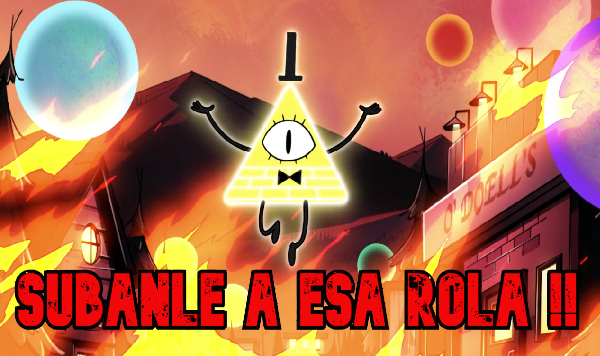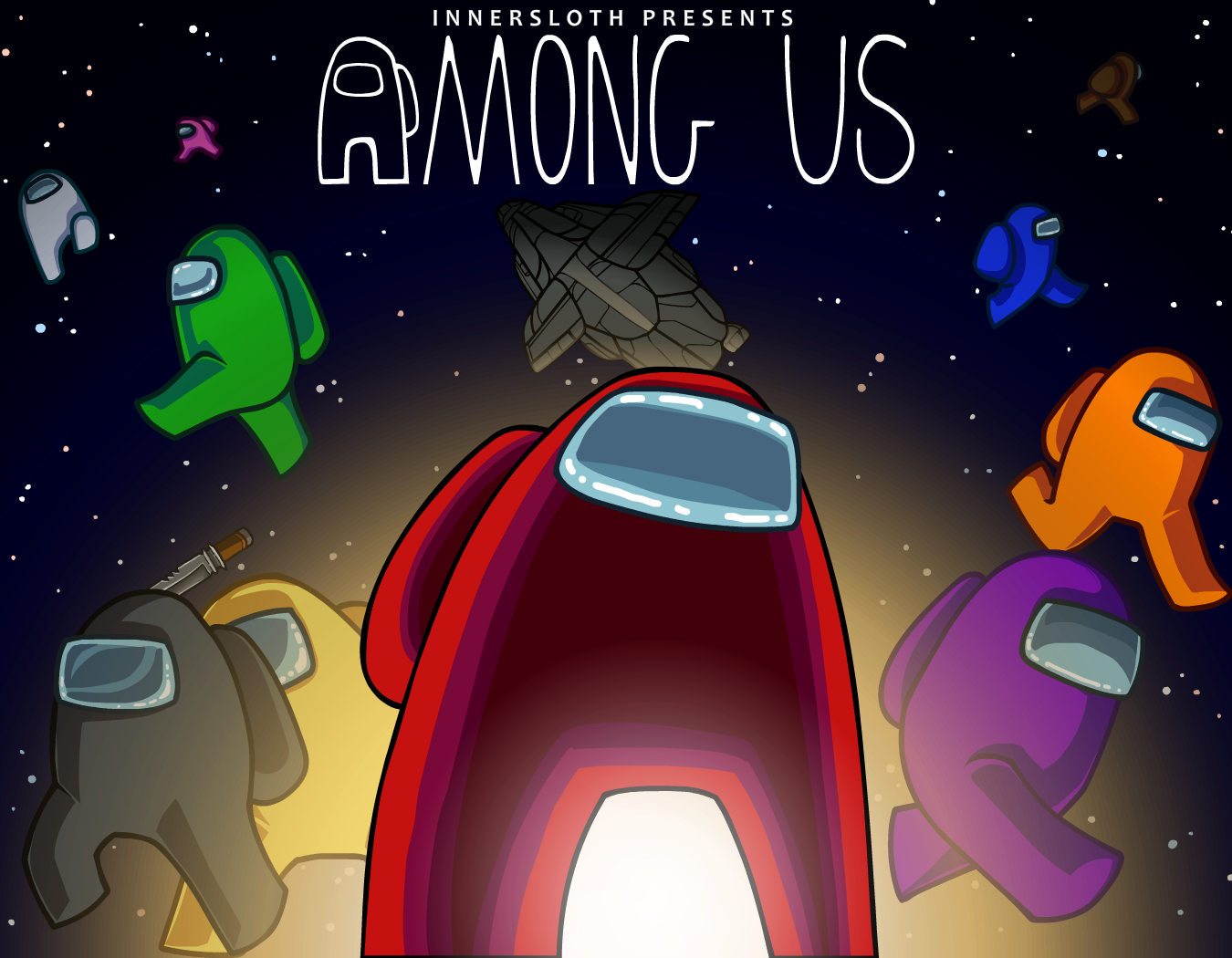
“Among us” is an online multiplayer video game where a group of crew members must perform certain tasks and at the same time must detect the impostors, the latter being in charge of sabotaging the missions, even systematically eliminating the crew members.
To allow the player to be very attentive to their role, the game does not have music during the missions (except for the occasional wedge that is heard when entering the debate, at the beginning and end of each game), but in the start menu you hear a work that represents the essence of the game quite well.
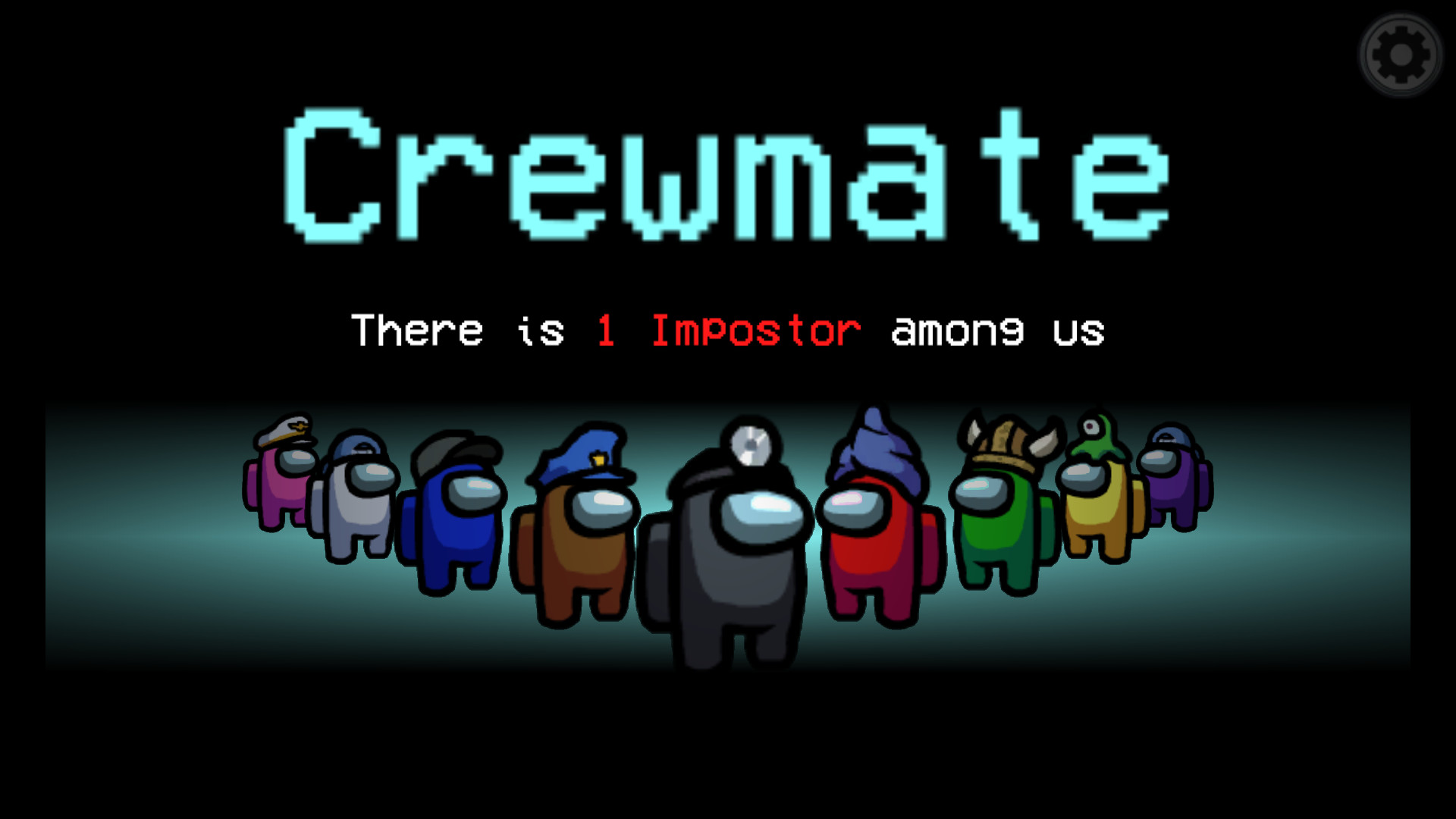
The beat of the song is slow (62 bpm approximately) in 2/4 and only a kick drum is heard making 2 sixteenth notes each start of the measure. This simulates a diastole and systole of the heart but spaced about 2 seconds apart, this rhythmic grouping puts a lot of tension on the listener.
Harmonically there are only 2 chords that take turns every 2 bars and are played with a synthesized sound that tends to mask the definition of the chords:
| Gm | % | C # m | % |
Both chords have the same quality and are a tritone (3 tones) apart. Hence, this relationship falls into the category of “second cadential tritonic substitute”. And there are other combinations, but particularly this is a quite powerful combination since when combining the notes that make them up (with everything and tensions) we will obtain the entire chromatic scale as a result:
Gm7(9)(11): G - Bb - D - F - A - C
C#m7(9)(11): C# - E - G# - B - D# - F#
Gm7(9)(11) + C#m7(9)(11) = Escala cormática
G - G# - A - Bb - B - C - C# - D - D# - E - F - F# - G
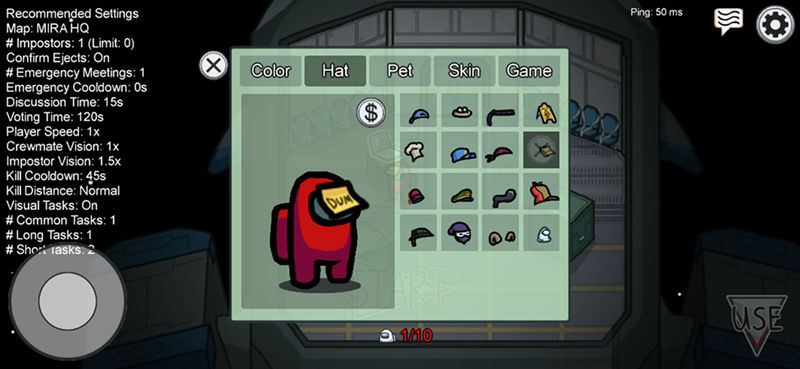
Thanks to this it is that we realize that any melody could be harmonized only with this combination of chords (or another that starts from the same relationship). Giving us the freedom to play what we want and have no problem finding a chord that supports what we play. But even so, as perfect and easy as the use of this combination of chords can be (which we could associate with the crew members), there are ways to create tension in this structure, and basically it is to use sounds that do not belong to these chords at times. where the melody rests or has aural presence.
We could mention in the first melodic sequence that occurs during the Gm chord, it starts at C and then its 2 minor seconds are played (as if it were a double chromatic border) Db and B, both sounds do not belong to the group of notes that make up Gm7 (9) (11), this combination of notes could work without problems, but the B note is given melodic presence when used with a figure of longer duration than the first C, this generates a slight tension that is later restored when solving to note C.
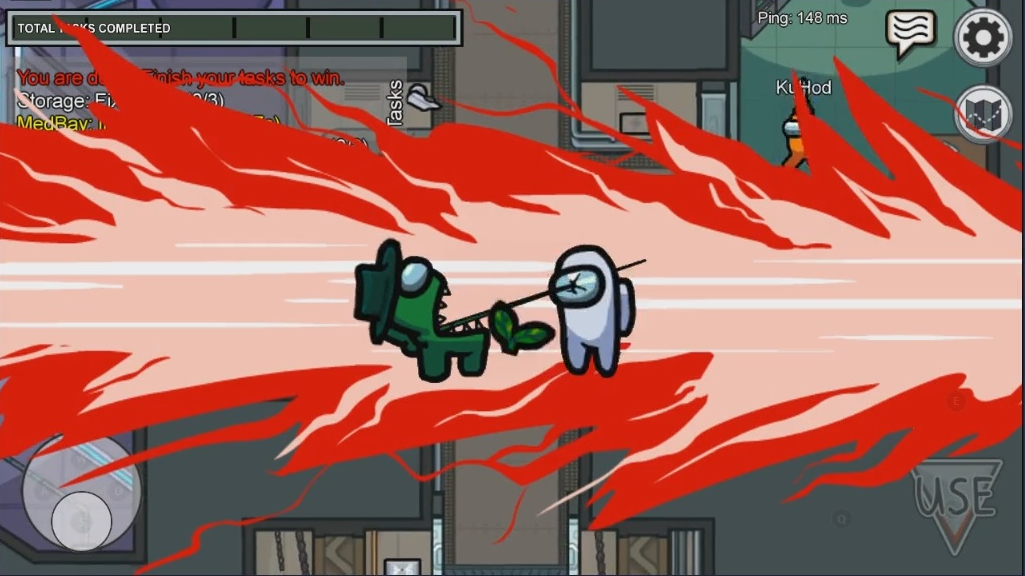
The melody that follows is given during the C # m chord and here a descending chromatic movement is performed from the G # note (which is part of the chord), but here it does generate tension since the phrase ends on the F note, which As it does not belong to the chord of C # m (9) (11) it generates a lot of tension and above all because it does not resolve.
Both melodies represent us in aural way the presence of an entity that wants to sabotage our musical work, the work continues with this melodic-harmonic concept in order to effectively represent the essence of the game that already has around 1.5 million players simultaneous
Successes
Social Media Author: Pablo Bobadilla Rider





